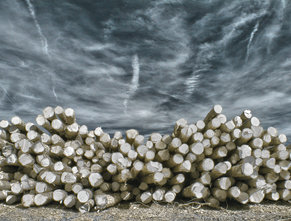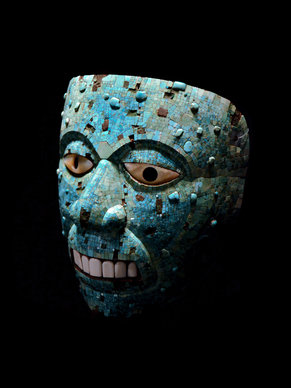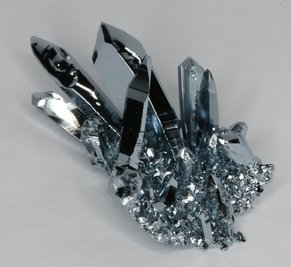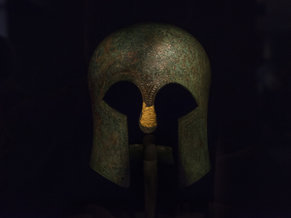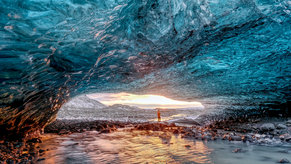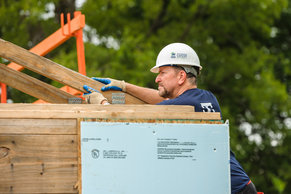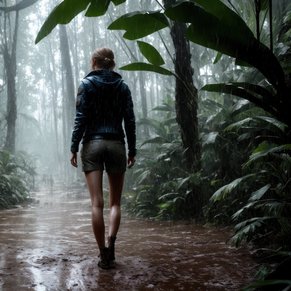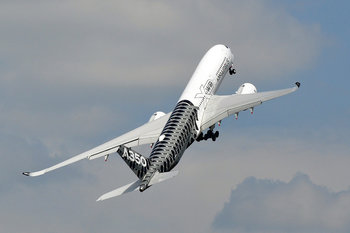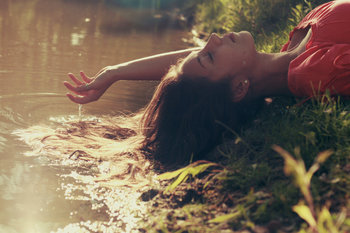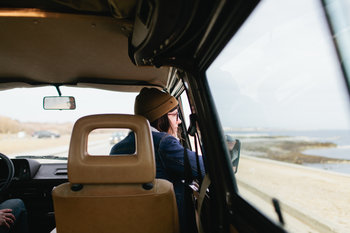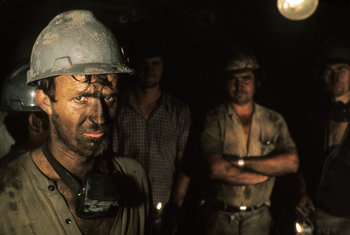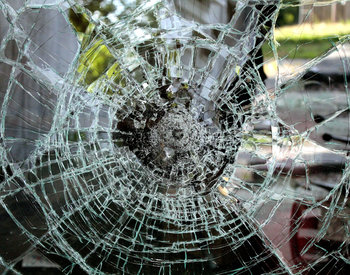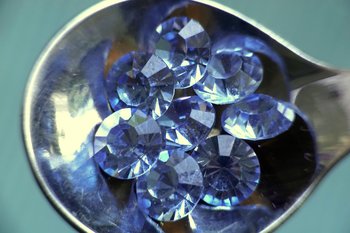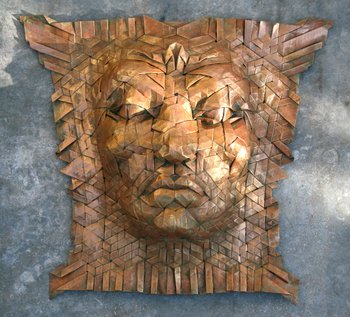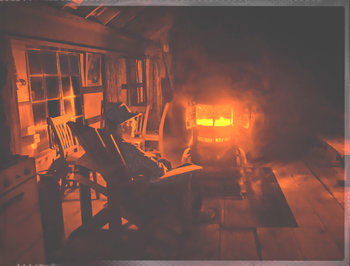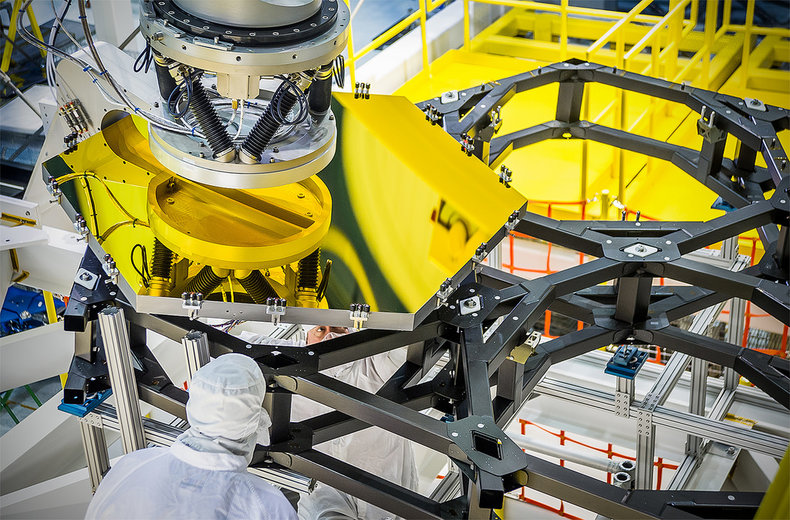
Porcelain
An ancient type of ceramics that developed in China as early as the Shang dynasty of 1600–1046 BC. Porcelain comes in many varieties that are based on heating a clay mineral known as kaolin in a kiln, a type of oven.Properties | Strong, hard, durable and resistant to chemicals, heat and thermal shock. Combines well with glazes and paints. Porcelain is a white material that provides an excellent base for decorative pottery and art much like white paper. |
Example Uses | Historically, porcelain was an expensive material that was considered the most prestigious form of pottery. It is still used today for premium tableware and decorative items. Porcelain is also used as an electric insulating material in equipment such as power transformers and in construction components such as bathroom fixtures. |
Bone China
A type of porcelain made with bone ash as an key ingredient. This is a British innovation that emerged at the end of the 18th century. For about 150 years, bone china was produced almost exclusively produced in the UK with Japan entering the market in the mid-20th century. Ceramics is often defined as an inorganic material but bone china is an exception.Properties | Bone china has similar properties to other porcelains but is known for its superior chip resistance, whiteness and translucency. |
Example Uses | Bone china is considered a premium material due to its history of being manufactured in the UK to produce high quality tableware and ornamental items. |
Earthenware
The earliest form of human produced ceramics that was created in fire pits as early as 29,000 BC. Earthenware is made with selected clays and other materials and is not heated to the point of vitrification that gives porcelain and other ceramics their glassy, translucent and nonporous properties. As such, earthenware is opaque, porous and is softer than porcelain.Properties | Low mechanical strength. Easily chipped and scratched. Requires less energy to produce than most other ceramics and is relatively inexpensive. An opaque color that is often similar to clay with browns, reds and oranges being common. Earthenware must be glazed to be watertight. |
Example Uses | Inexpensive tiles and pottery such as flower pots. |
Stoneware
Stoneware is fired at a temperature above earthenware but below porcelain. This results in a vitreous or semi-vitreous ceramic that is watertight but not as translucent and white as porcelain.Properties | Stoneware is often valued for its earthy look and relative strength as compared to earthenware. Its properties are similar to porcelain beyond its appearance. As such, it has similar uses including in industrial equipment where it is used for its resistance to chemicals. |
Example Uses | Stoneware is used to make both expensive and inexpensive pottery and tiles. |
Glass Ceramics
A ceramic produced with a process of controlled crystallization that has properties similar to glass with the strength and durability of ceramics.Properties | Glass ceramics are created with advanced manufacturing processes that produce materials with desirable traits such as high mechanical strength, zero porosity, durability, translucency, low thermal expansion, high temperature stability, high chemical durability, biocompatibility and superconductivity. |
Example Uses | Cooktops, cookware, bakeware, medical devices, scientific and industrial equipment. |
Fired Bricks
Bricks produced by heating minerals such as sand and clay are ceramics.Properties | The properties of fired bricks differ widely based on their composition and manufacture. Generally speaking, they are durable, heavy, brittle and can withstand high temperatures. |
Example Uses | Walls, landscaping, fireplaces and chimneys. |
Carbon
A common definition of a ceramic is a hard material that is held together with ionic and covalent bonds. According to this definition, elemental carbon is a ceramic. Additionally, carbon based materials such as carbon fiber, carbon nanotubes and graphene can be considered ceramics. Graphene is currently considered the strongest known material.Properties | Carbon materials such as carbon fiber and graphene have a high specific surface area meaning that they can be formed into sheets that are extremely light weight. In theory, you can make a 2630 m2 sheet of graphene that only weighs one gram (28309 square feet with a weight of 0.035274 ounces). These materials have extremely high tensile and compressive strength and display remarkable electron mobility. |
Example Uses | Advanced composite materials such as carbon reinforced plastic are used for high performance applications such as aviation, sporting goods and safety equipment. Carbon fiber also has broad applications in areas such as textiles, technology products and construction. |
Silicon
As with carbon, elemental silicon can be considered a ceramic due to its chemical properties. Silicate minerals are extremely abundant as they make up approximately 90 percent of the Earth's crust. Clays and sand that are used to create common ceramics are often silicon based. For example, the kaolinite used to make porcelain and the silica used to make fired bricks are silicate minerals.Properties | A hard and brittle crystalline solid and semiconductor. |
Example Uses | High purity crystalline silicon such as polycrystalline silicon is used to make solar panels, integrated circuits and other semiconductor devices. Silicon minerals are used to make glass, ceramics and are used as an aggregate in cement. As such, they are amongst the most common raw materials used in construction. |
Silicon Carbide
A semiconductor material containing silicon and carbon that occurs naturally as the very rare mineral moissanite.Properties | A very hard and durable ceramic and semiconductor that occurs in about 250 crystalline forms. Naturally colorless but often colored by impurities such as iron. Exhibits low thermal expansion. |
Example Uses | Furnaces, cutting tools, abrasives, brake disks, electrical power systems, heating elements and lighting. The natural form of silicon carbide, moissanite, is valued as a jewel as it has a similar hardness and appearance to diamonds. Synthetic moissanite is used a diamond substitute that is generally harder than cubic zirconia. |
Titanium Carbide
An extremely hard and heat resistant ceramic that has a black color.Properties | Hard, heat resistance and resistance to wear and corrosion. |
Example Uses | Machine parts, tool bits, watch mechanisms and heat shields. |
Tungsten Carbide
A material made with equal parts of tungsten and carbon that is dense and hard.Properties | Hard, dense, strong with low electrical resistivity. |
Example Uses | Cutting tools, industrial equipment and sports equipment. |
Barium Titanate
A ceramic valued for its electrical properties.Properties | Barium titanate is a strong dielectric, an electrical insulator that can be polarized by an applying an electric field. It is also a piezoelectric material, meaning that it accumulates an electrical charge in response to mechanical stress. |
Example Uses | Capacitors, transducers, microphones and other sensors. |
Boron Carbide
A hard ceramic that is resistant to heat, ionizing radiation and chemicals.Properties | Extremely hard and heat resistant, semiconductor, absorbs radiation and nonreactive to most chemicals. |
Example Uses | Locks, nozzles, scratch resistant coatings, tools and dies, abrasives, neutron absorbers and brake linings. Often used in composite materials for its hardness. |
Bioceramic
A bioceramic is any ceramic material that is biocompatible, meaning that it can be safely used inside the human body. These are designed to be inert in the body and may be designed to decompose with time such that they are replaced by the body.Properties | A broad category of advanced materials such as vitreous carbon and calcium phosphate-based ceramics that are designed to be biocompatible. |
Example Uses | Medical devices designed to be inserted into the body such as an artificial hip or bone plates, screws and wires. |
Ceramic Matrix Composites
A type of composite material made with ceramic fibers embedded in a ceramic matrix.Properties | Often designed to improve the crack resistance of very hard ceramics such as silicon carbide that are prone to cracking like glass. Ceramic matrix composites may also be designed for high tensile strength, flextual strength and extreme durability. |
Example Uses | Turbines, furnaces, brake disks and machine parts such as slide bearings. |
Ceramic Foam
Foam is any material that contains pockets of gas or liquid. Ceramic foams are typically designed to be strong and lightweight or to have special properties for applications such as thermal insulation.Properties | Ceramic foams are generally less strong than a solid ceramic but may be very strong relative to their weight. They may be as much as 96% gas by volume. Some ceramic foams are less brittle than their solid counterpart because air pockets may prevent cracks in the material from spreading. |
Example Uses | Lightweight structural material, thermal insulation, acoustic insulation, filtration and absorption of environmental pollutants. |
Ferrite
Ferrite is a ceramic material manufactured by heating rust (iron oxide) with one or more metals such as barium, nickel and zinc.Properties | Ferrites are permanent magnets valued for their magnetic field that attracts or repels other magnetic materials such as iron and other magnets. Ferrites are also poor conductors of electricity. |
Example Uses | Refrigerator magnets, speakers, electric motors, inductors, transformers, magnetic recording tapes, memory hardware and industrial applications. |
Notes
Ceramics that contain a metal such as Titanium carbide are known as a cermet.| Overview: Ceramics | ||
Type | ||
Definition (1) | A category of hard material that is manufactured by heating minerals. | |
Definition (2) | A hard material held together with ionic and covalent bonds. | |
Related Concepts | ||

